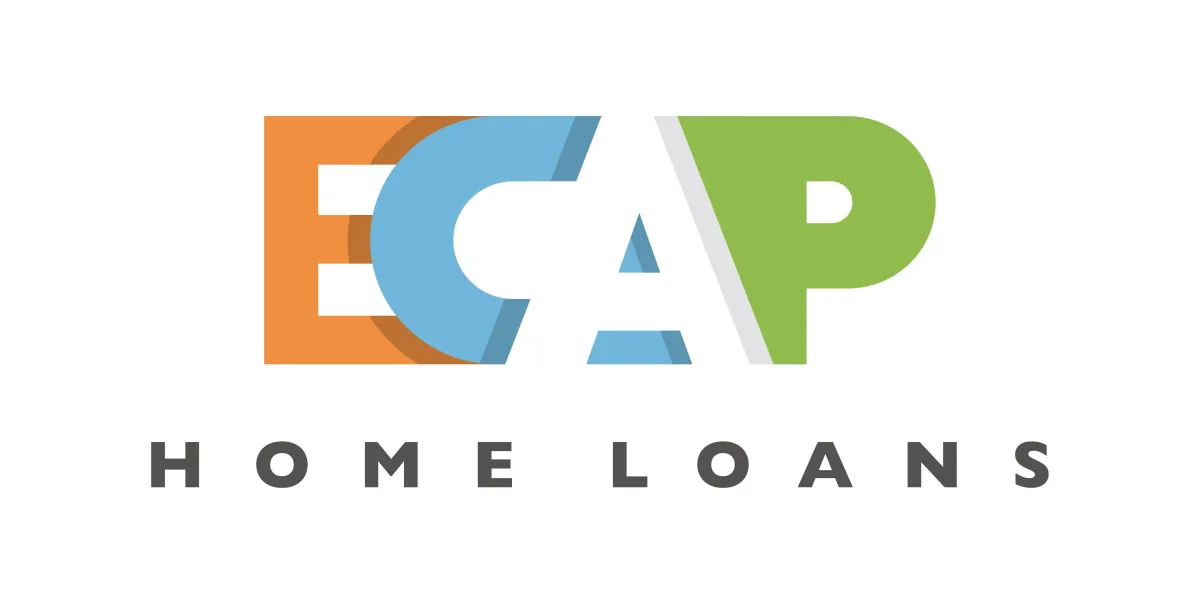Self-Employed? Here’s the Secret to Getting Approved for a Mortgage in 2025 (Even with Irregular Income!)
Self-Employed? Getting a Mortgage Isn’t Easy—But It’s Possible.
Banks love W-2 borrowers. Their income is steady. Their taxes are simple. Their paychecks arrive like clockwork.
Self-employed borrowers? Not so much.
Your income swings. You write off a ton of expenses. On paper, it might look like you can’t afford coffee—even if your bank account says otherwise.
Getting a mortgage as a business owner is tricky—but not impossible. You just need the right strategy.
If tax returns don’t work for you, Non-QM (non-qualified mortgage) loans might. These loans offer flexibility but come with higher interest rates, bigger down payments (10-20%), and stricter credit requirements.
Your best bet? Get approved the traditional way. If that’s not an option, alternative loans can work—but they’ll cost you more upfront.
This guide breaks down why lenders make it hard, how to boost your approval odds, and the best loan programs—especially if your tax returns don’t tell the full story.

Why Do Lenders Make It Hard?
Lenders don’t care how much you actually make. They care about what’s on paper.
Here’s why self-employed borrowers struggle:
Too many write-offs. Less taxable income = lower taxes but also lower loan approval amounts.
Inconsistent income. Lenders prefer steady W-2 paychecks over fluctuating business revenue.
Bigger down payments. Some lenders want 20% or more.
Strict DTI rules. Even if your business covers the bills, lenders might count that debt against you.
Two years of tax returns required. Most banks want proof of stability.
The good news? You can work around these hurdles—if you plan ahead.

How to Boost Your Mortgage Approval Odds
1. Pay Yourself a Salary (Or Your Spouse!)
If you run an LLC or S-Corp, start paying yourself a W-2 salary. Lenders love steady income. A paycheck makes you less of a risk.
If your spouse helps in the business, consider putting them on payroll too. More income on paper = a bigger loan approval amount.
Pro Tip: Some lenders count owner’s draws—if they’re consistent. Don’t just take one big lump sum a year.
2. Talk to a Mortgage Pro Before Filing Taxes
Most business owners mess up here. They file taxes, deduct everything, then wonder why they can’t get a loan.
Here’s how to avoid that mistake:
Talk to a mortgage lender first. We’ll figure out the income you need to qualify.
Loop in your CPA. Your accountant’s job is to save you money on taxes. Mine is to get you a mortgage. We’ll balance both.
Success Story: A Self-Employed Borrower Who Got It Right
He wanted a $450,000 home but wasn’t sure he’d qualify. We ran the numbers, figured out the income he needed, and I worked with his CPA to adjust deductions.
Boom—he got pre-approved, bought the perfect house, and even scored down payment assistance.
Lesson: Plan ahead. It pays off—literally.
3. Understand How Lenders Calculate Your Income
Lenders don’t just look at your tax returns. They adjust for certain add-backs and deductions.
What helps:
✔ Depreciation. It’s a paper loss, not an actual expense—lenders add it back.
✔ One-time expenses. Big, non-recurring costs might be excluded.
What hurts:
✘ Meals & entertainment write-offs. Lenders ignore these.
✘ Personal debt tied to your business. Even if your business pays it, lenders might count it against you.
4. Avoid Short-Term Business Debt
If your business tax return (Form 1120) shows a mortgage or note due within a year, lenders deduct it from your qualifying income. That can kill your loan approval.
Solution? Refinance short-term loans into longer-term debt before applying. Otherwise, you’ll lose thousands in borrowing power.

Best Mortgage Loans for Self-Employed Borrowers
What is a Non-QM Loan?
A Non-QM (Non-Qualified Mortgage) loan is for borrowers who don’t fit the standard W-2 box—like self-employed business owners. These loans come with higher rates, stricter credit requirements, and bigger down payments.
Bank Statement Loans – Uses 12-24 months of bank deposits instead of tax returns. Great for strong cash flow but low taxable income.
P&L Only Loans – Approves you based on a CPA-prepared Profit & Loss statement.
DSCR Loans (For Real Estate Investors) – No personal income verification. Approval is based on rental income.

Final Thoughts: Yes, You Can Get Approved
It’s harder—but not impossible.
Plan ahead. Fix your finances before house-hunting.
Work with a mortgage pro early. We’ll structure your income so you qualify.
Consider alternative loans. If traditional financing doesn’t work, bank statement or DSCR loans might.

